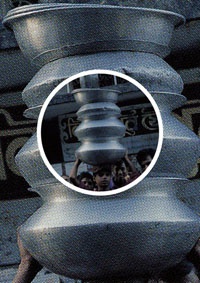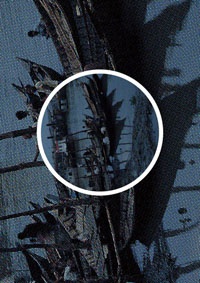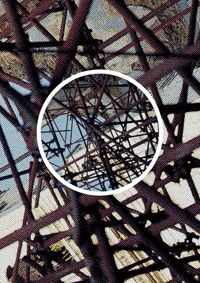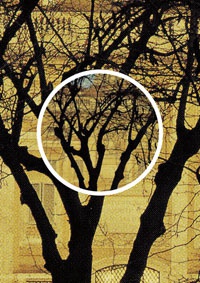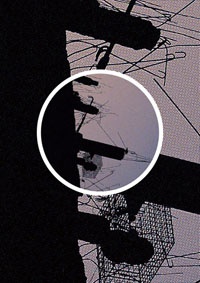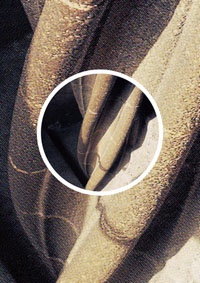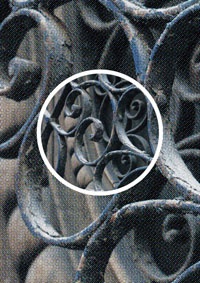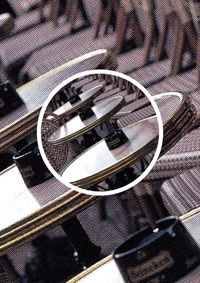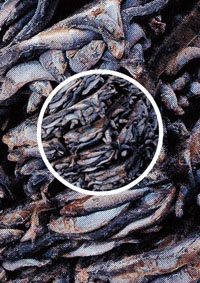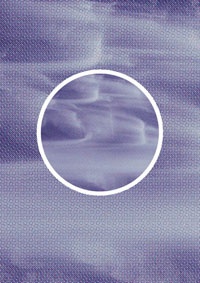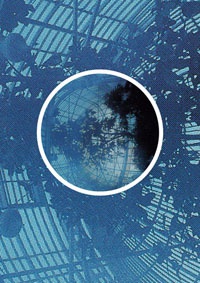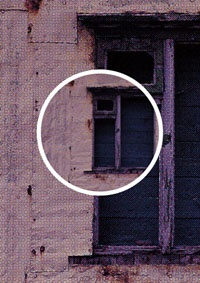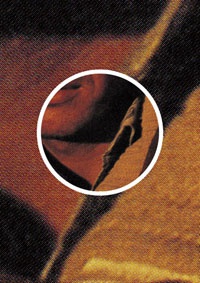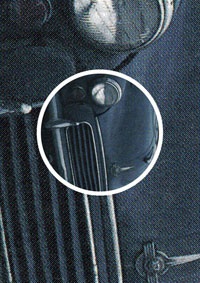Magnetic Vision
画面として限定されることを問う〈Magnetic Vision〉。「画面として限定されること」とは、言い換えれば、画面として創造する者が切り取ることで生じる宿命。それより広い周囲がどの様になっているか、それを推測することに関心を寄せて制作した作品である。それは、磁力で引き寄せるように、画面より一回り広い世界が取り込めることを期待し、その考え方を視覚化する試行に他ならない作品である。
創造する者にとって、当然付いて回るのが画面という制約だとしても、尾形光琳(1658-1716)の《紅白梅図屏風》(18世紀)を例に挙げれば、左側にある大木の下部しか見せないことで、画面の外部に大きな木が張り出していることを想像させる手法を用い画面の大きさを示したように、その限定された画面だけで完結しないようにあがいたことが読み取れる。〈Magnetic Vision〉は、このあがきとも言える手法にヒントを得たものと言っていい。
Magnetic Vision questions the limitations of images. Or put another way, “limited as an image” could mean “fated to be created by a creator excising it as an image.” I created this series by taking an interest in guessing at the wider surroundings of an image. Just as magnetism draws things inward, so too did I endeavor to bring the wider world into the image. These very pieces were created through the trial of visualizing that concept.
Although creators may take for granted the constraints of an image, Korin Ogata’s (1658-1716) Red and White Plum Blossoms (18th century) is a counterexample. The left side shows only the bottom part of a large tree trunk, allowing us to imagine a large tree sticking out of the image. The use of this method to show the size of the image, also implies his struggle not to limit his painting to the image. One might say that Magnetic Vision was given a hint by this method of struggling.












